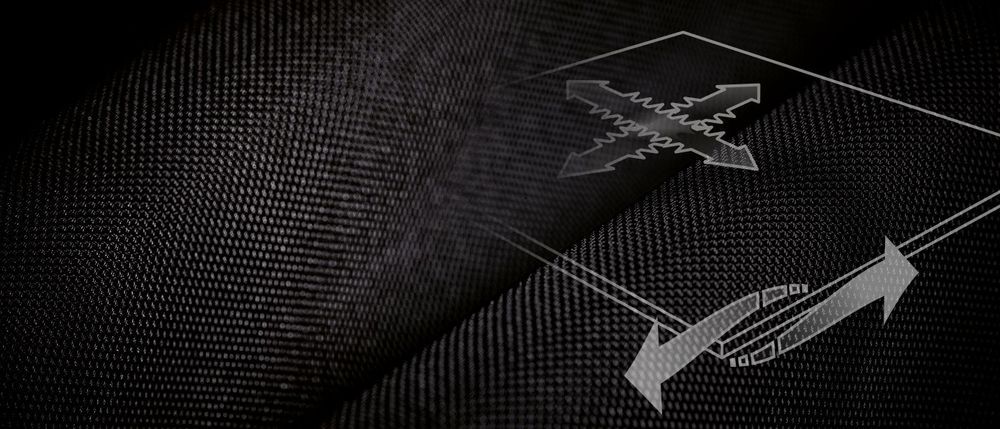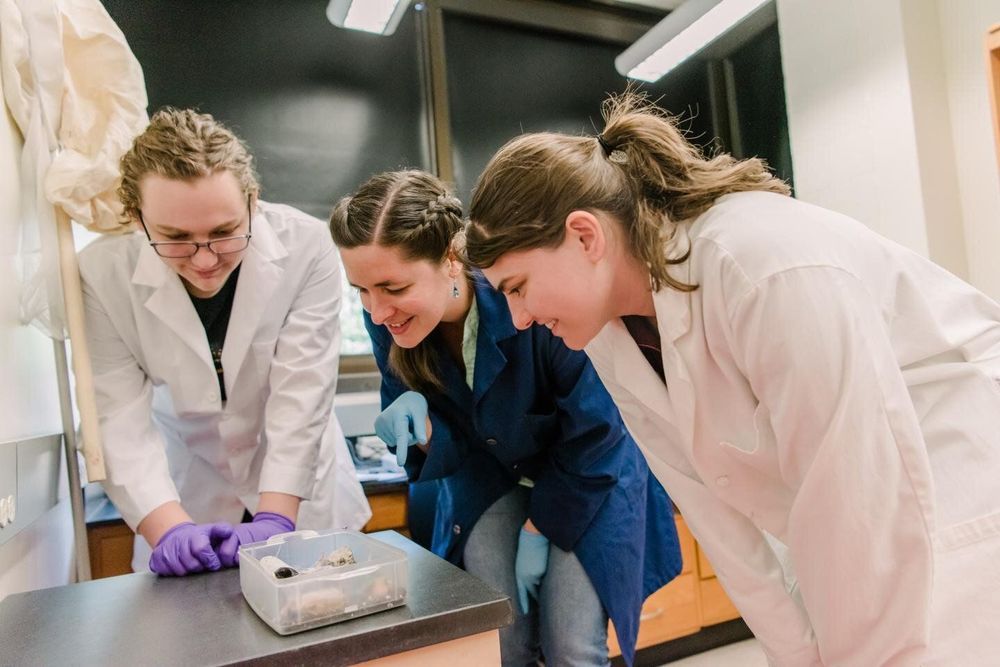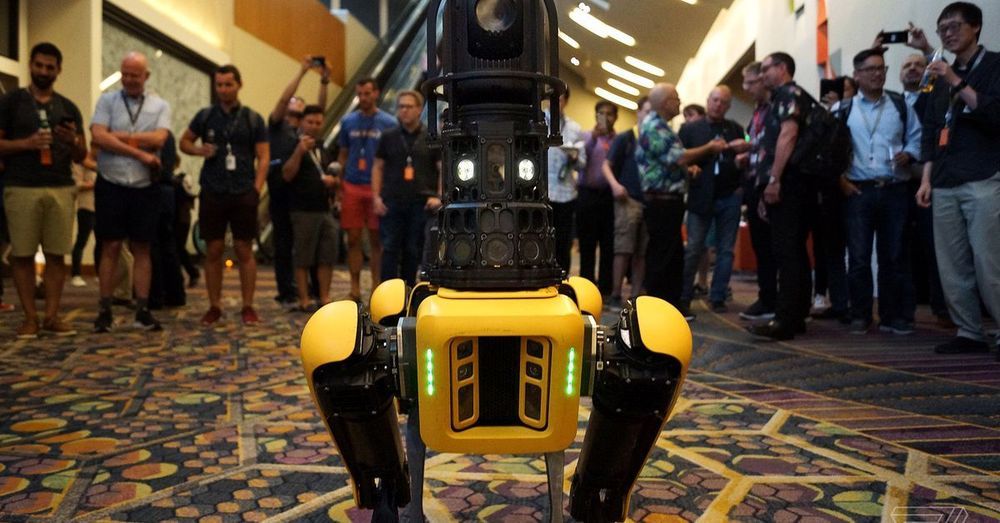The complete Destiny 2 package is coming to Google’s new gaming platform.
Get the latest international news and world events from around the world.


Amazon says drone deliveries coming ‘within months’
Amazon said Wednesday it expects to begin large-scale deliveries by drone in the coming months as it unveiled its newest design for its “Prime Air” fleet.
Jeff Wilke, head of Amazon’s consumer operations, told the company’s Machine Learning, Automation, Robotics and Space conference in Las Vegas that drones would play a role in ramping up efforts to shorten delivery times for many items to just one day for Amazon Prime members.
“We’ve been hard at work building fully electric drones that can fly up to 15 miles (25 kilometers) and deliver packages under five pounds (2.3 kilos) to customers in less than 30 minutes,” Wilke said in a blog post.


Driverless cars: once they’re on the road, human drivers should be banned
Self-driving cars could revolutionise people’s lives. By the end of the next decade, or perhaps even sooner, they could radically transform public spaces and liberate us from the many problems of mass car ownership. They’ll also be much better behaved than human drivers.
Robot drivers won’t break the speed limit, jump the lights, or park where they shouldn’t. They won’t drive under the influence of drink or drugs. They’ll never get tired or behave aggressively. They won’t be distracted by changing the music or sending a text, and they’ll never be trying to impress their mates.
Driverless cars could also change the face of public spaces. Private cars are very expensive items that do absolutely nothing 95% of the time. They are economically viable only because paying a taxi driver for all your car journeys would be even more expensive. Once cars don’t need human drivers, this cost balance should tip the other way.

First-ever spider glue genes sequenced, paving way to next biomaterials breakthrough
UMBC postdoctoral fellow Sarah Stellwagen and co-author Rebecca Renberg at the Army Research Lab have published the first-ever complete sequences of two genes that allow spiders to produce glue—a sticky, modified version of spider silk that keeps a spider’s prey stuck in its web. The findings appeared in Genes, Genomes, Genetics.
The innovative method they employed could pave the way for others to sequence more silk and glue genes, which are challenging to sequence because of their length and repetitive structure. Better understanding of these genes could move scientists closer to the next big advance in biomaterials.
Metal foam stops .50 caliber rounds as well as steel – at less than half the weight
Researchers have demonstrated that vehicle armor using composite metal foam (CMF) can stop ball and armor-piercing .50 caliber rounds as well as conventional steel armor, even though it weighs less than half as much. The finding means that vehicle designers will be able to develop lighter military vehicles without sacrificing safety, or can improve protection without making vehicles heavier.
CMF is a foam that consists of hollow, metallic spheres—made of materials such as stainless steel or titanium—embedded in a metallic matrix made of steel, titanium, aluminum or other metallic alloys. In this study, the researchers used steel-steel CMF, meaning that both the spheres and the matrix were made of steel.
For the study, researchers manufactured a hard armor system consisting of a ceramic faceplate, a CMF core and a thin back plate made of aluminum. The armor was tested using .50 caliber ball and armor-piercing rounds. The armor was tested with the rounds being fired at impact velocities from 500 meters per second up to 885 meters per second.

Scientists identify gene that helps people live to a ripe old age
Researchers at Amsterdam’s UMC have identified a rare gene that halves people’s chances of developing dementia in old age.
People with the genetic variant, which occurs in around 1% of the population, are also more likely to live longer. The researchers studied 16 different sample populations in Europe and North America, including a number of people over the age of 100, for the study published in the journal Acta Neuropathologica.
The discovery could potentially be used to treat Alzheimer’s disease and other degenerative illnesses such as frontotemporal and Lewy body dementia.


Swarm of ladybugs so large it registers on National Weather Service radar in California
A swarm of ladybugs moving through San Diego County was so large it registered on the National Weather Service’s (NWS) weather radar Tuesday night, CBS Los Angeles reports. The NWS office in San Diego tweeted out a video of the radar that looked to be showing precipitation but was in fact what they called a ladybug “bloom.”
“The large echo showing up on SoCal radar this evening is not precipitation, but actually a cloud of ladybugs termed a ‘bloom,’” the tweet read.